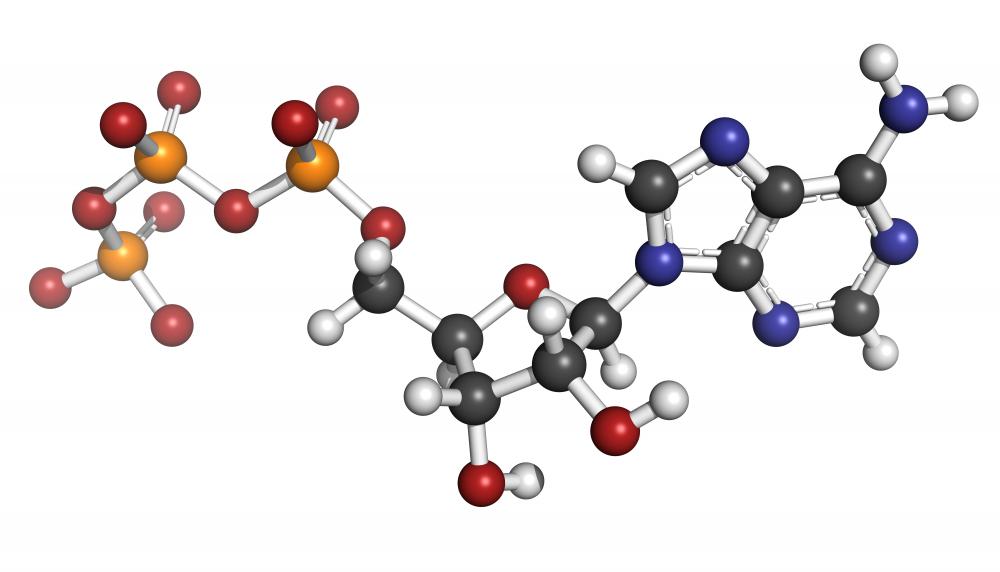At TheHealthBoard, we're committed to delivering accurate, trustworthy information. Our expert-authored content is rigorously fact-checked and sourced from credible authorities. Discover how we uphold the highest standards in providing you with reliable knowledge.
What is Anaerobic Power?
Anaerobic power is energy that is stored in muscles and that can be accessed without the use of oxygen. There are two systems that utilize this type of power, the phosphogen system and the lactic acid system. Human beings use this form of energy in short bursts that cannot be sustained for longer than about two minutes.
The human body produces energy in two ways: aerobically and anaerobically. Aerobic power, which is the body’s primary energy system, relies on oxygen that is transported through the respiratory and circulatory systems. Humans use aerobic power for most activities, from strolling through the park to running in a marathon. Anaerobic power, on the other hand, is generated without the use of oxygen. It is utilized only when the body is being pushed the body as hard as it can go, in short, but powerful movements, such as while sprinting, jumping or swinging a golf club.

Anaerobic power is stored in muscle tissue in the form of adenosine triphosphate (ATP). There is only about one to four seconds worth of ATP available, and after that, the phosphate creatine (PC) system kicks in, which can synthesize additional ATP for as long as another 15 seconds. After this, the lactic acid system, or glycosis system, starts up and produces energy by breaking down carbohydrates. While these systems are running, the body is using more energy than it can replenish, and this can lead to cramping, fatigue and lactic acid buildup.

Athletes train hard to both improve their anaerobic power capacity and decrease their reliance on it by improving their aerobic endurance. By building their capacity to use power systems that do not require oxygen, athletes can push themselves harder than aerobic activity alone would allow. Anaerobic capacity can be measured by the Wingate test. In this test, a person pedals a mechanically braked bicycle for 30 seconds as fast as possible, and a flywheel is used to count revolutions. Testing an athlete's capacity frequently ensures that his or her workout routines are improving his or her abilities.

Though many fitness programs emphasize endurance and aerobic activity that can be sustained without tapping into the body’s emergency reserves, there are many benefits to utilizing the anaerobic system. After accessing anaerobic power, the body's metabolism rises for the next few hours, which can increase weight loss. Many workout routines utilize periods of intense activity as a part of their regimen.

Increasing anaerobic capacity has been shown to have a number of health benefits, including better athletic performance and increased metabolism. There are a number of methods for increasing anaerobic capacity. One is to train at high intensity for as long as possible, which is usually only a few minutes. Another method is to train at a relatively constant effort, such as by riding an exercise bike, and then increase the intensity of the workout at various intervals.
AS FEATURED ON:
AS FEATURED ON:
















Discussion Comments
This is a good website to find your facts!
My friend dragged me along to some kind of cycling power training class which focused on mixing both aerobic and anaerobic activity.
It was one of the hardest exercise sessions of my life and I swore I would never do it again. After I saw her begin to lose weight steadily I did return. The benefits are so amazing that I can't imagine not training this way now.
Many of us will have read about people who perform amazing feats of strength, well beyong their usual abilities. Stories of slender women lifting a car to free their child trapped underneath it are not unheard of.
It is this anaerobic energy system that we draw on to provide that very short burst of super power. It's also responsible for the famous 'flight or fight' mechanism which enables you to run quickly in an emergency situation.
Post your comments